Ceiling and visibility are two basic weather elements which must be considered in all flying beginning with your flight planning. Normally we don't give the two elements much thought. We look at the sky - it's either cllear or cloudy. And we look out and around to see how far we can see objects. But for flying, the broad perspective must be narrowed to specific judgments.
The FAA's definition of ceiling is "the height above the earth's surface of the lowest layer of clouds or obscuring phenomena that is reported as broken, overcast, obscuration, and not classified as thin or partial". Pretty wordy and a little confusing, yes?
Well, let's get practical - if you cannot see clouds in the sky or you have something like fog or haze, you have either no ceiling at all or you have ceiling zero, depending on whether the condition is thin or heavy in obscuration.
Weather Observers classify clouds 3/10 or less as scattered, 6/10 as cloudy or a ceiling, 10/10 as overcast. And, of course, heavy fog would be obscuration or ceiling zero.
Now visibility is another matter. We usually think of seeing objects in terms of miles (statute), say 1/4 mile, 1/2 mile, 1/ mile, 3 miles, etc., a matter of distance judgment - relating much to visual acuity used in connection with takeoff, landing, and clearances, and VFR and IFR flight. In fact, ceiling and visibility appears as the first pair of elements used in our flight planning.
As stated (all too simply) in the FARs (Federal Air Regulations), IFR flight is weather conditions below the minimums for flight under VFR conditions.
In any case, to the pilot ceiling means dealing with clouds, sky cover, at what altitudes, and their movement over time. Visibility relates to all kinds of weather conditions - rain, snow, fog, smoke, and haze in connection with all phases of flight and appears perhaps as the first defining factor in planning whether you fly VFR or IFR.
Sunday, June 3, 2007
Subscribe to:
Post Comments (Atom)

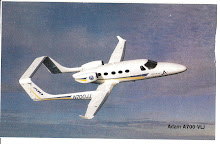




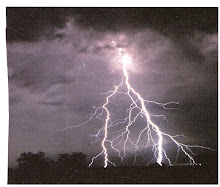

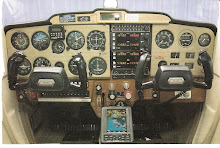
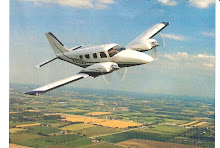
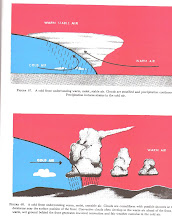
No comments:
Post a Comment